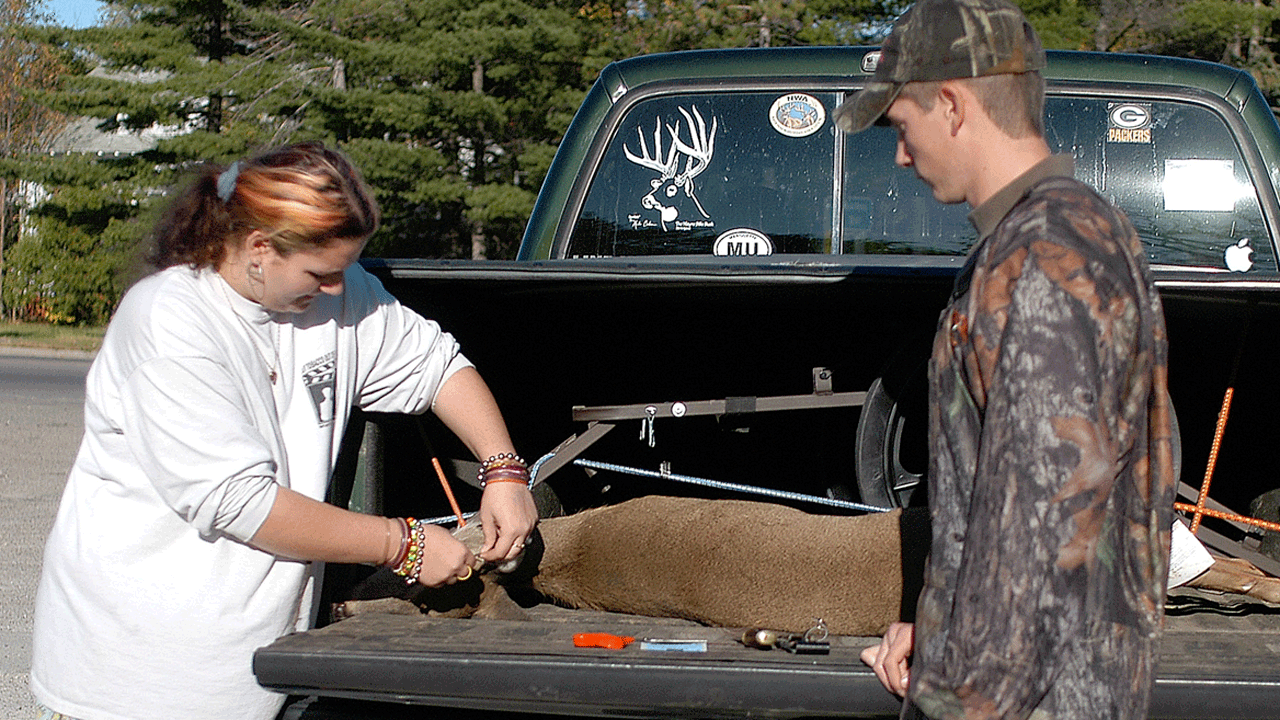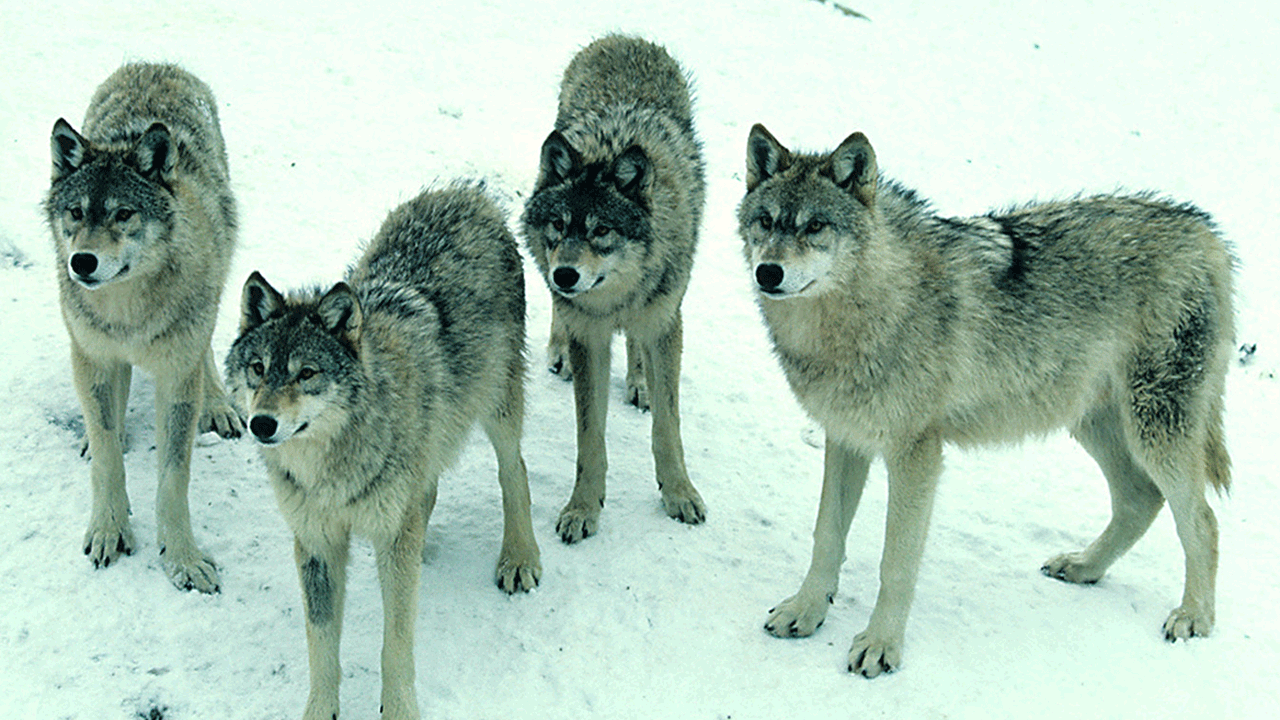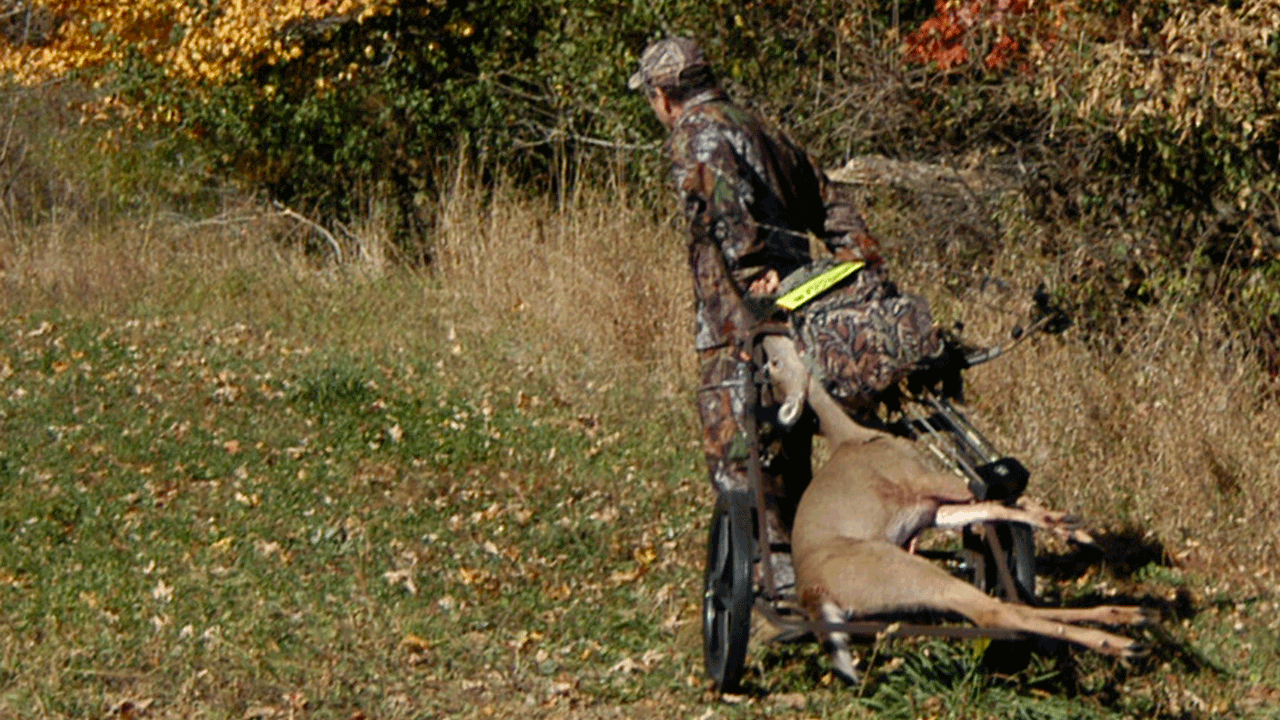Wildlife agencies and universities spend lots of energy and money collecting data, conducting research and testing population models to better estimate wildlife numbers, whether it’s ducks, deer, weasels or wolves.
Meanwhile, no matter what number they settle on, they expect some standard reactions when counting deer and predators: Hunters will say they overestimated deer and underestimated predators, while protectionists will say they underestimated deer and overestimated wolves, bears and mountain lions.
How accurately must agencies estimate big-game and large-carnivore populations; and why do some researchers, politicians and agencies insist on estimates that others dismiss?
Matt Knox, Virginia’s deer-project coordinator, thinks deer estimates are unnecessary. “I don’t know how many deer are in my home county,” Knox said. “I can estimate our statewide herd with a population-reconstruction model, but that’s for my own curiosity. Don’t ask me to defend it publicly and swear to it. Whatever number I say, that’s all we’ll fight about. If I say there’s X number of deer and your car hits a deer, you say it’s 2X. But if you hunt there, you say it’s X over 2 (x/2). I’ll never convince anyone I’m right, so why put an estimate out there? It’s just a red flag that gets everyone fighting.”

Deer-kill numbers are just one of many “metrics” wildlife managers monitor with hunters to help estimate the size of deer herds and their impacts on crops and habitat.
Valerius Geist, professor emeritus of environmental sciences at the University of Calgary in Alberta, Canada, thinks population estimates have some value, but effective management seldom requires pinpoint precision.
“Our biologists and psychologists suffer greatly from physics envy,” Geist said. “We all want to be super-scientists and physicists, but we don’t have to account for every wolf or deer on the landscape. Wildlife biologists sometimes take quantification to the edge of absurdity.”
Luigie Boitani, a professor of conservation biology and animal ecology at the University of Rome, is renown for his studies of Europe’s wolves and bears. When addressing the annual conference of The Wildlife Society at its October 2013 meeting in Milwaukee, he said Europeans and North Americans share a “general obsession with numbers,” even when they might not be meaningful.
“Everybody spends lots of money trying to know exactly how many wolves are out there, but we must ask what they really want to know,” Boitani said. “What is your concern? Is it how many wolves or how much damage? It’s easier to assess damage. Isn’t that the real goal of management? That’s why I try to slow down this crazy rush to spend lots of money to find out exactly how many wolves we have. It’s more important to know if they’re increasing or decreasing, and whether they’re above or below their minimum threshold for viability.”

What’s more important to know, how many wolves roam the forest or how many pets and livestock they kill?
Dr. Gary Alt spent 25 years directing the Pennsylvania Game Commission’s black-bear program, and another five years directing its white-tailed deer program. Alt says deer hunters often obsess about deer numbers, but he continues to tell them: “I don’t know the exact number and no one else knows either.”
Alt said biologists don’t need exact head counts to properly manage deer. “You look at their impacts on crops, woodlots and forests, and decide whether the population needs to go up or down,” he said. “Farmers don’t do multimillion dollar studies to know when to move their cows. They send their kids out to inspect the pasture. When the grass gets grazed too low, they move the cows and let the pasture recover.”
Alt said population estimates require more precision when managing wolves, grizzlies or other animals on state or federal threatened/endangered species lists. In those cases, they usually use track counts, aerial surveys and population modeling to determine minimum numbers. The estimates help set numeric population goals for determining if the species is sustainable, threatened or endangered.
Wisconsin deer hunters, meanwhile, have never had greater access to deer data than what’s offered on the Department of Natural Resources’ website titled “Wisconsin Deer Metrics,” http://dnr.wi.gov/topic/WildlifeHabitat/deermetrics.html. As the text on the website’s home page says, the system lets you easily and efficiently find deer information for the county of your choice. The most up-to-date data are provided on deer-harvest figures, population trends, deer-herd health, deer-hunter numbers and hunting pressure, and deer impacts on agriculture and forest resources.

Biologists contend that habitat quality, not predators, dictate the size and health of deer herds.
This detailed information also provides opportunities to get a better look at how the DNR manages Wisconsin’s wildlife. The agency also encourages hunters to use these data to get more involved in deer management where they live or hunt, whether through County Deer Advisory Councils or the Deer Management Assistance Program.

 By
By 



